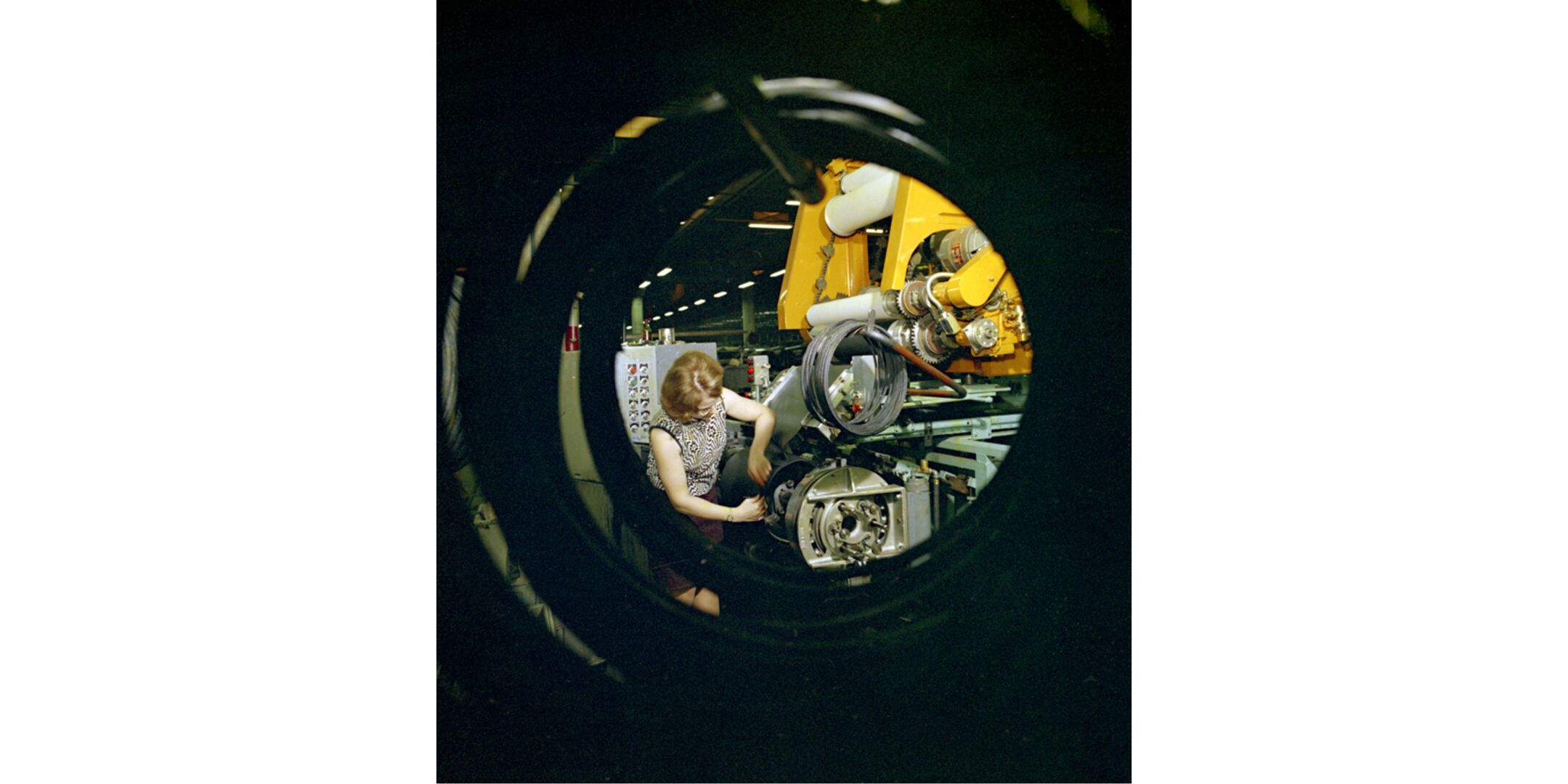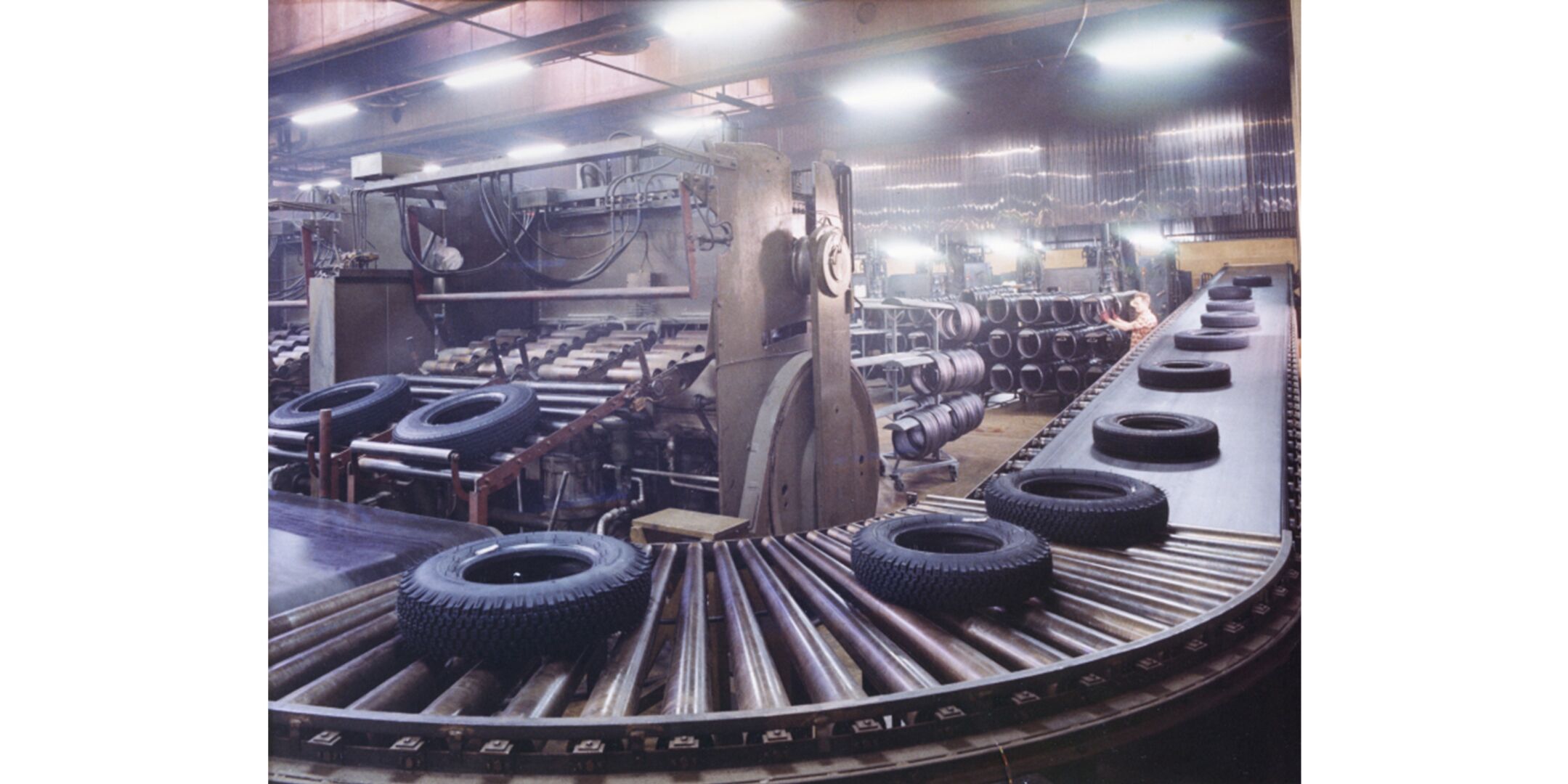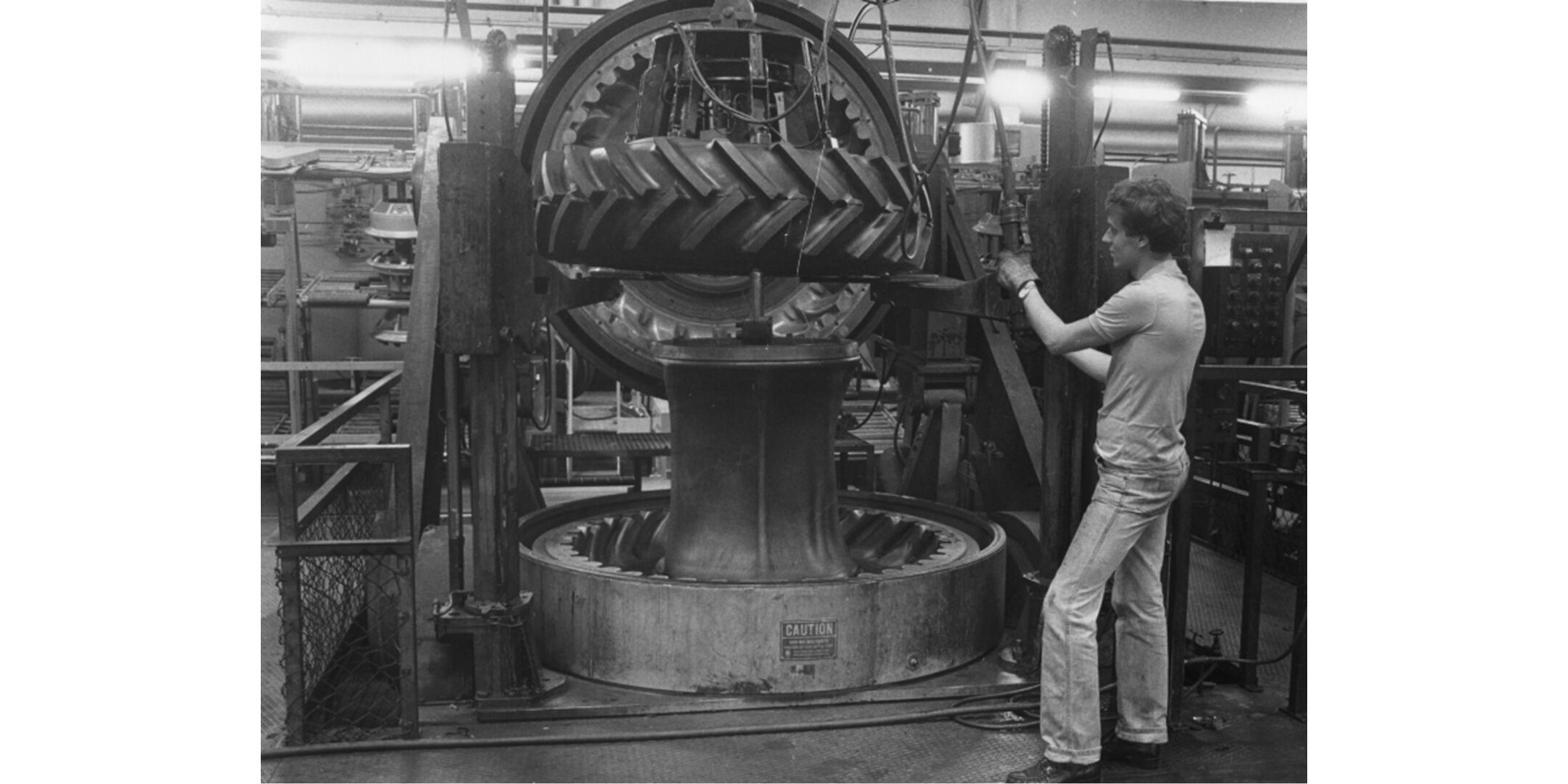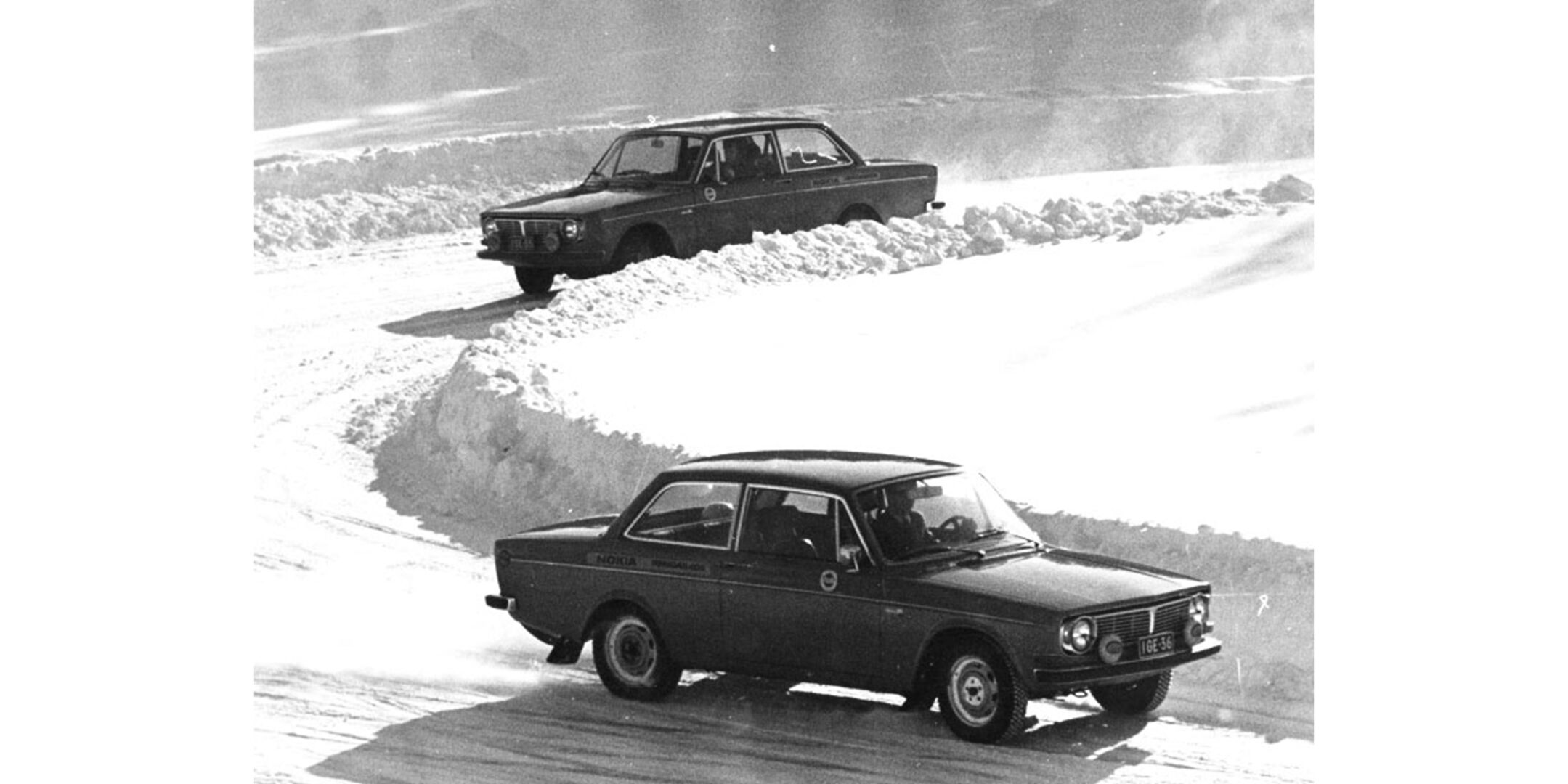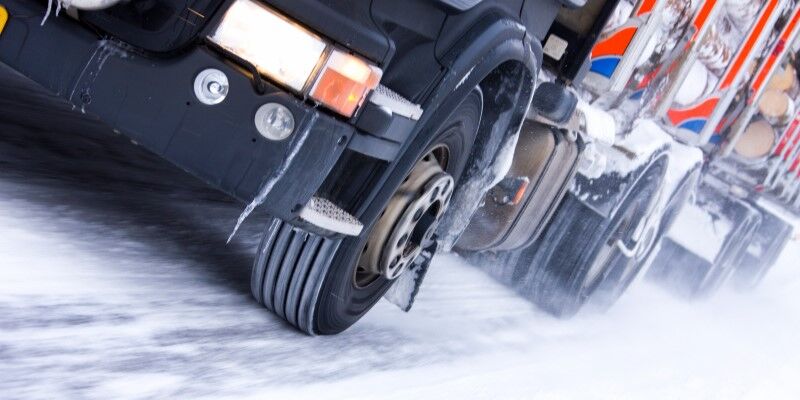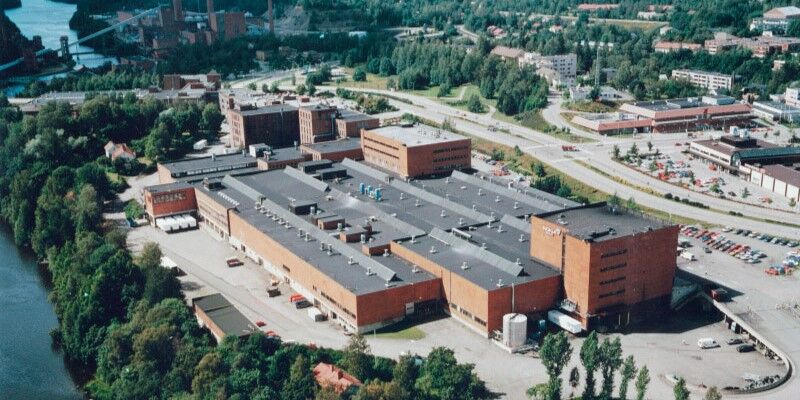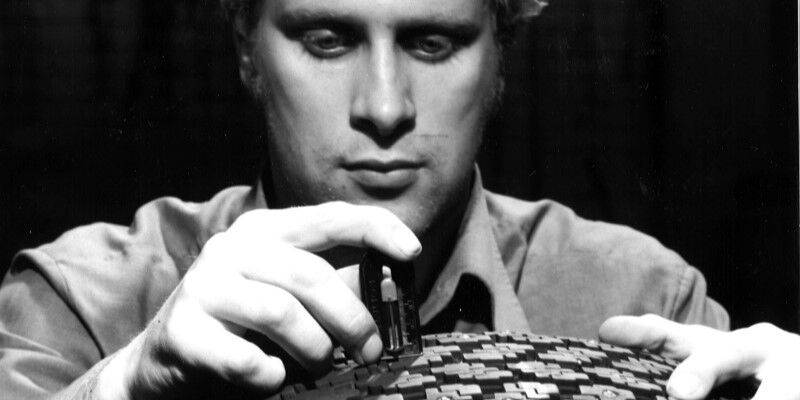Article
1970: Triumph of the radial tire
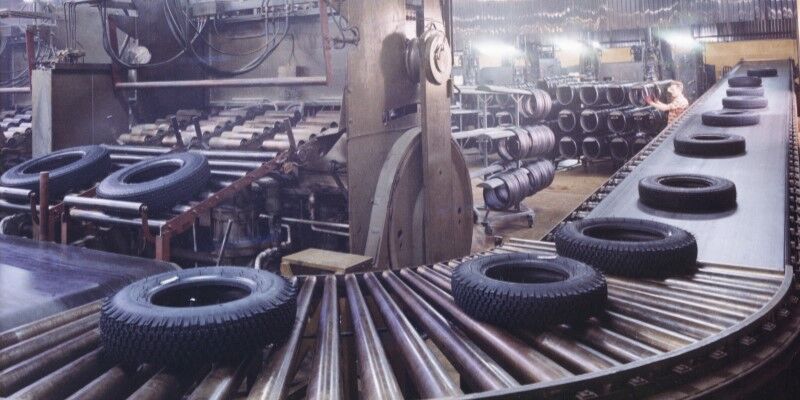
In December 1971, the tire factory celebrated One Million Week, as the annual production of vehicle tires exceeded one million. Over half of the production consisted of Hakkapeliittas.
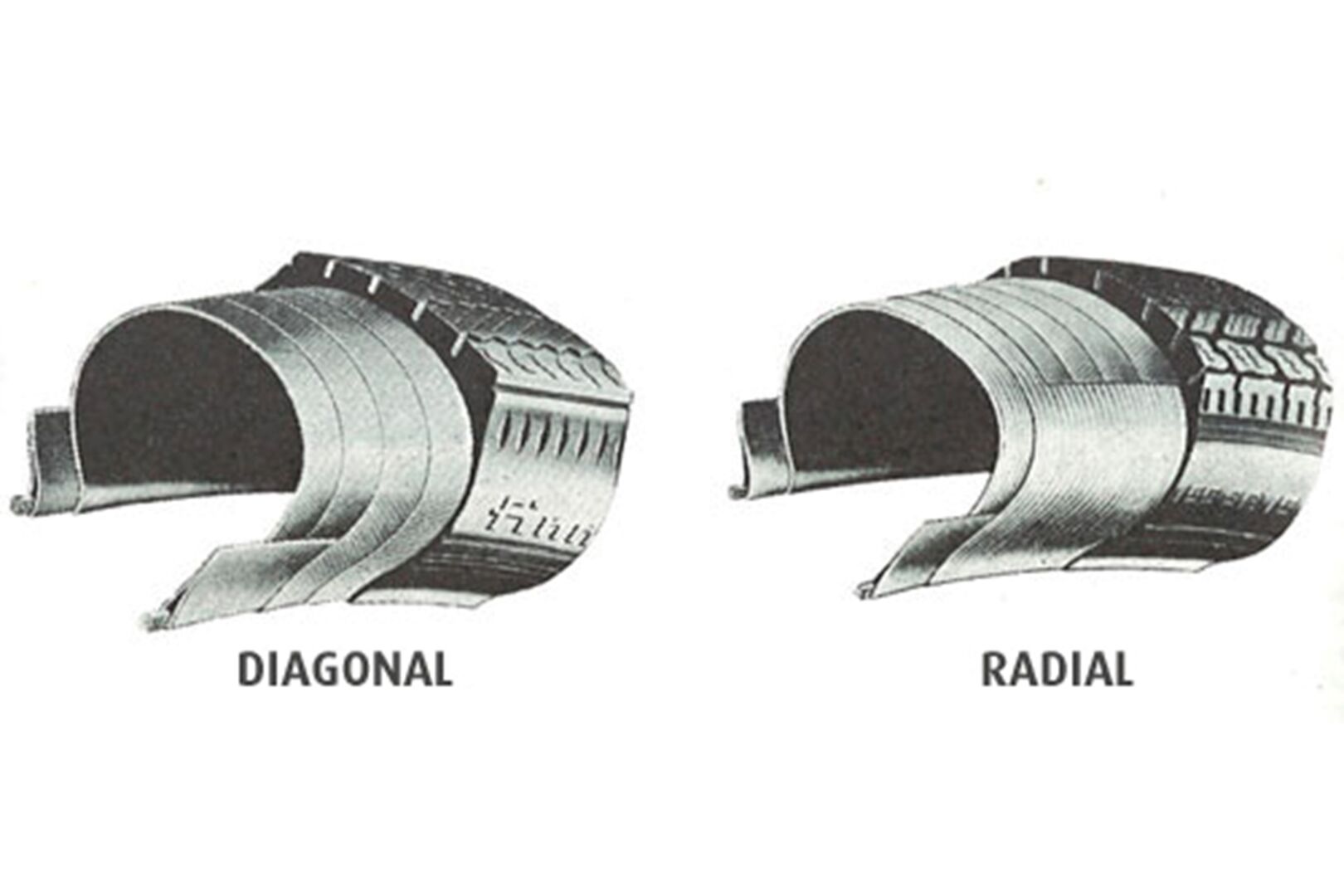
Radial tire
The first body type used on car tires was the diagonal, or bias-ply, type. In this structure, the tire body is formed from crossed textile layers, with the angle between the threads affecting the characteristics of the tire.
The Hakkapeliitta Radial 06, introduced in the same year, was the first radial winter tire. Demand for radial tires was high, so the newly built tire factory was expanded. The company switched its domicile from Helsinki to Nokia at the same time. Soon, tires were also manufactured in Lieksa, where Nokia Kumiteollisuus opened a new factory in 1974.
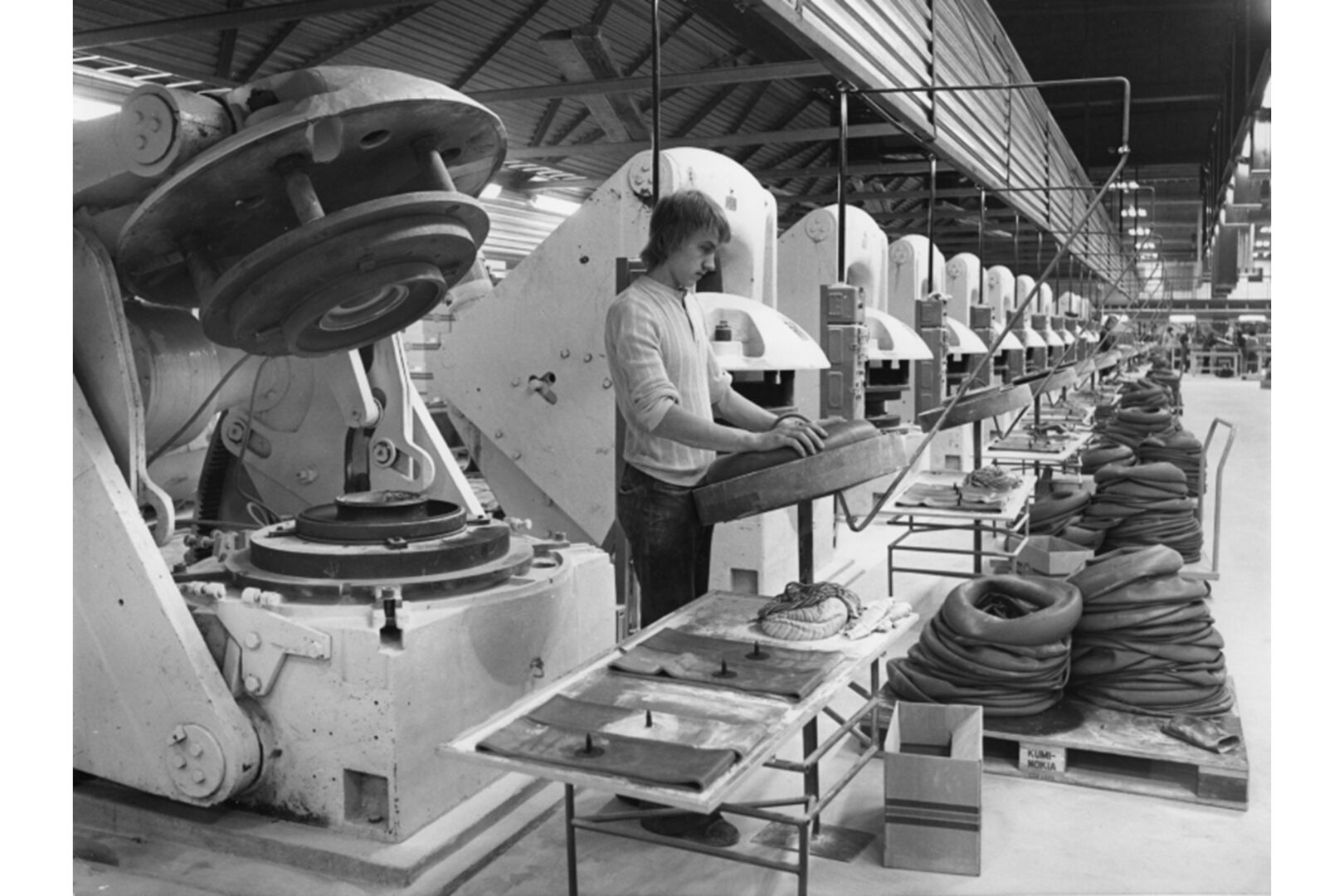
Lieksa
The new tire factory in Lieksa started with bicycle tires in 1974. The manufacture of lighter bias-ply tires was transferred there during the latter part of the decade. Later, the Lieksa factory focused on bicycle tires and heavy inner tubes. In 2004, the company was sold to Suomen Kumitehdas Oy, whose affiliate Suomen Rengastehdas Oy manufactures winter tires for bicycles in Lieksa, among other things.
Image: Curing presses for inner tubes at the Lieksa factory in 1975.
The breakthrough of the radial tire continued. The Hakkapeliitta NR 08 from 1977 was the first steel belted winter tire. Tubeless tires were also on the way, as a tubeless radial tire was offered for lorries. An entirely new area, special tires for forestry machines, was also at the core of the R&D activities.
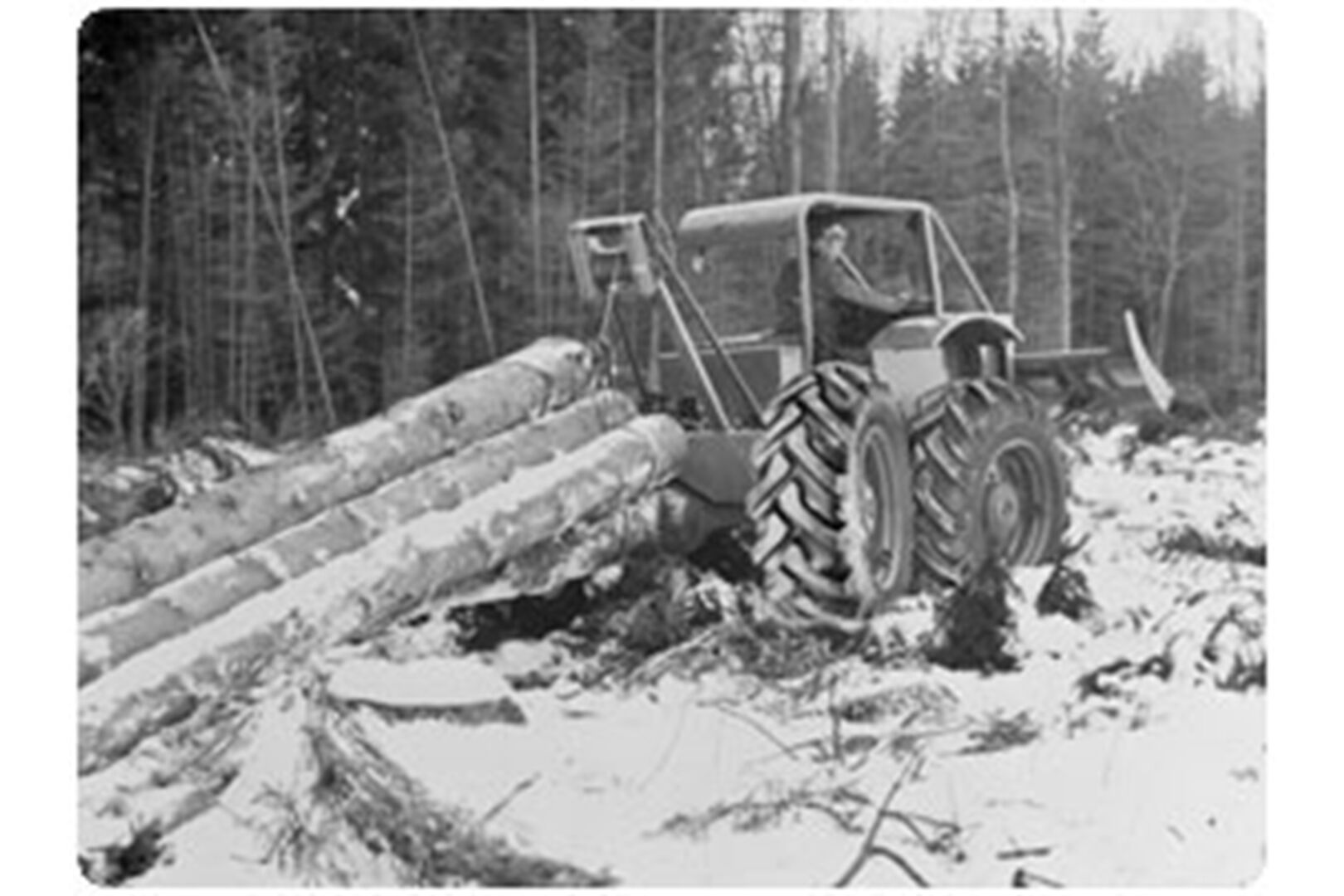
Special tires
Hakkapeliittas were already being supplied to the industry in the 1930s when the manufacturing of the Finnish Sisu lorries began. The war years brought in experience of equipping all sorts of vehicles and machines with tires. At the beginning of the 1960s, the company signed long-term contracts for factory installed tires, such as for Valmet tractors and Rosenlew harvesters. In the 1970s, the primary product became the forestry tire, for which Nokia's rubber industry unit developed a durable nylon weave and a unique Steel Fortified puncture protection. The tread pattern was varied according to machine types and operating conditions. Currently, Nokian Heavy Tyres is one of the best-known developers of special tires for demanding applications. The company is the universal market leader in forestry tires.
Image: Valmet skidder prototype and Nokian test tires.
The worldwide oil crisis increased the price of motoring, emphasising economy in tire choices. However, tires from Nokia convinced even the most thrifty consumer: “Drive in Finland on Hakkapeliitta tires. Only 2 pennies per kilometre!”

Recession
Car tires were the rubber products most affected by the increase in the oil price. The recession hit the tire production at Nokia Kumiteollisuus with a delay. In 1975, sales were still increasing and at 1.1 million tires per year. The very next year, production fell by one fifth to 720,000. In the uncertain economy, fewer new cars were registered and purchasing tires was postponed. Tire sellers had their stocks full and surplus production lowered prices. Even winter came late in 1977. After 1978, the signs of an upswing were in the air again. 100,000 new passenger cars were registered in Finland and exports to North America picked up. Production in 1979 exceeded 1.2 million. The Hakkapeliitta had regained its strength.
In the middle of the decade, recession hit tire production. Demand was reduced due to the longer service life of radial tires, lower speeds and the decline in new car sales reduced demand. By 1979, the recession was over, and tires were being sold as before. Hakkapeliittas were in high demand, since winter tires became compulsory in Finland in December 1978.

Slogans
The oil crisis hurt winter tire sales. Driving became more expensive and consumers started saving on tire purchases. The marketing department that had moved from Helsinki to the Nokia factory at the turn of the decade worked long hours to sell Hakkapeliittas to Finnish drivers.
